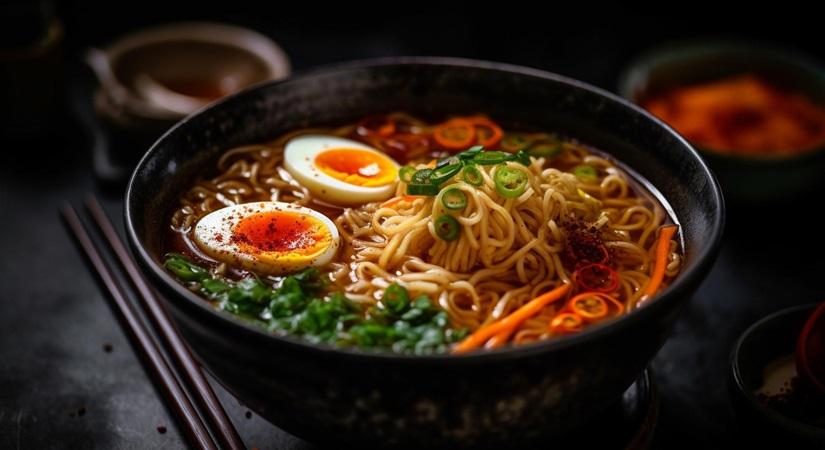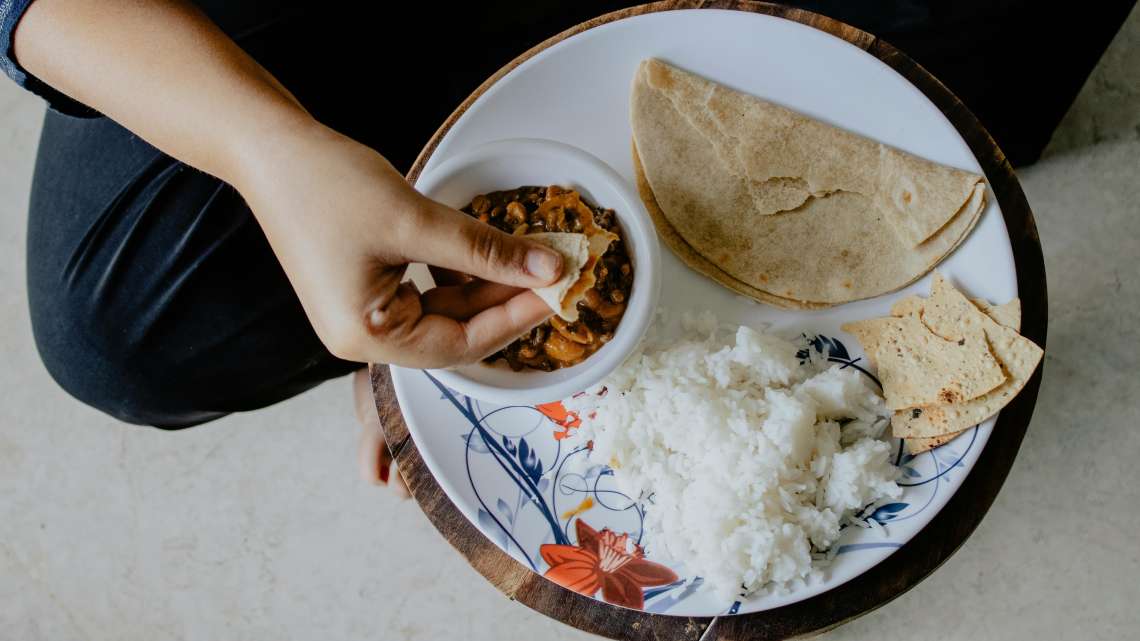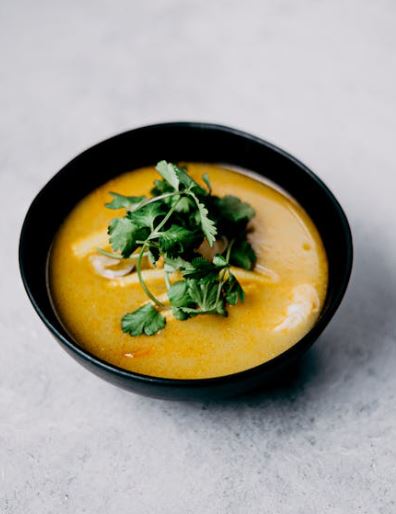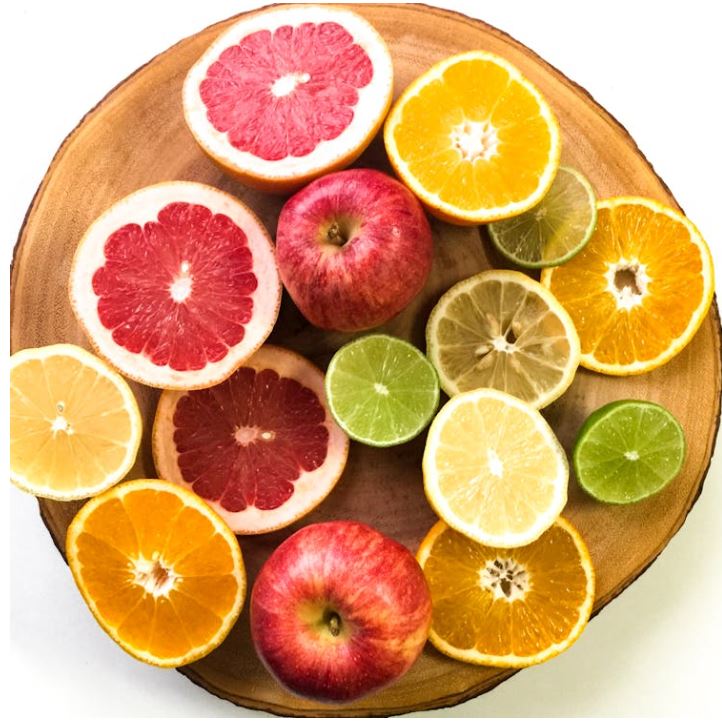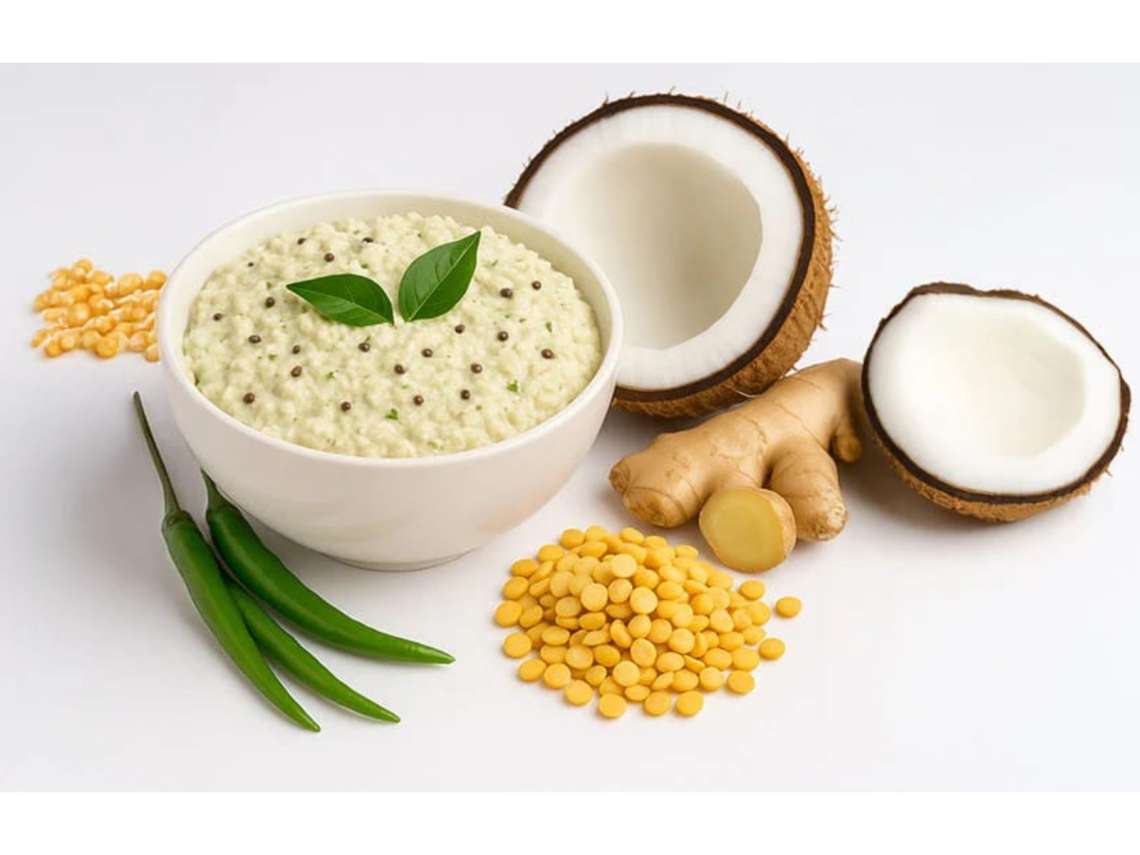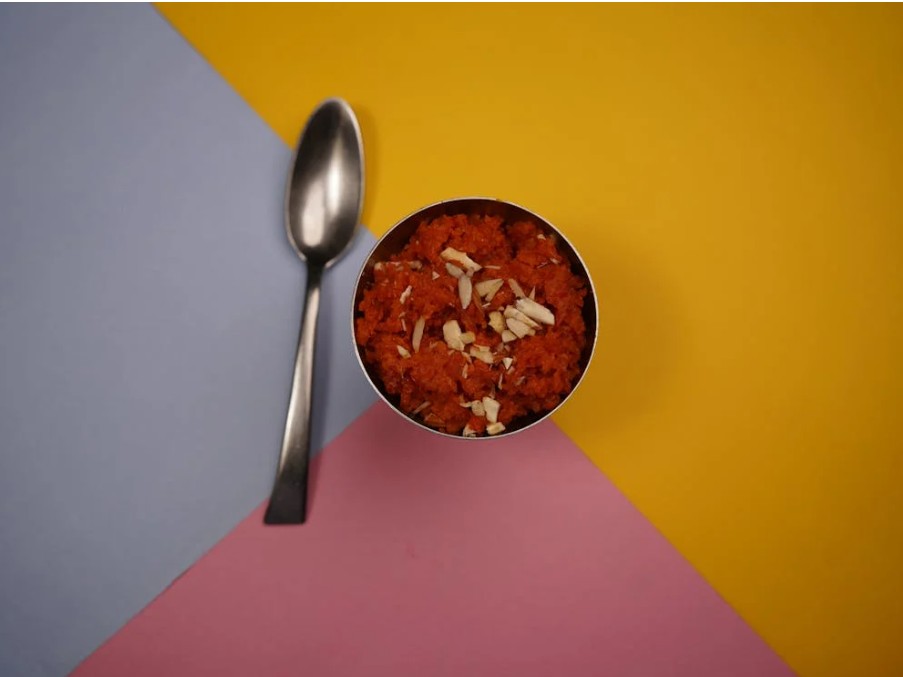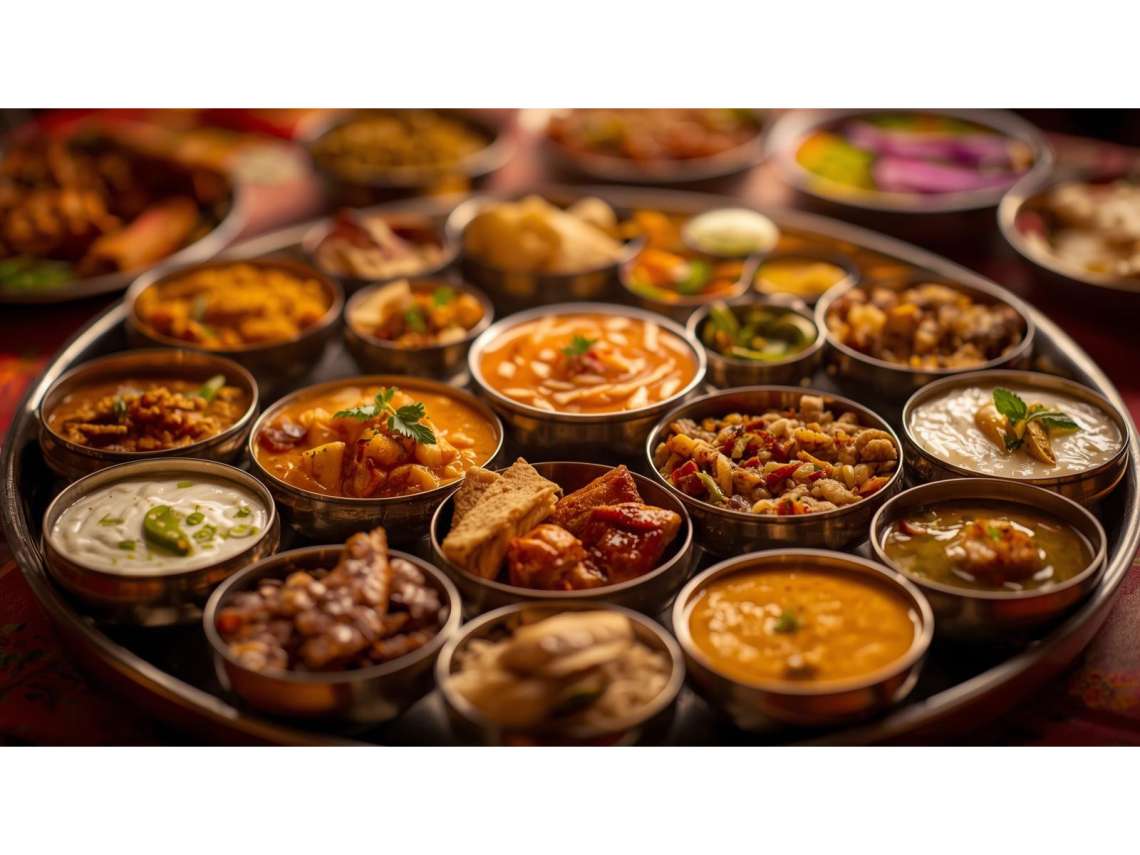Food, more often than not, conjures up happy memories. It can nudge us into crossing miles for a Neapolitan pizza, Greek moussaka, or New York cheesecake. Read on if trying local delicacies, ranks among your top travel priorities.
Goulash and Lecsó in Hungary
Do you know Hungarians call themselves a nation of soup eaters? There are many varieties to back their claim, ranging from goulash and palóc to fish soups. A must-try traditional preparation is a pottage made of lentils, potatoes, peas, beans, cabbage and pumpkin. Paprika, the national spice of Hungary, appears in various dishes, especially the slow-cooked chicken paprikash. If winter calls for cabbage rolls stuffed with minced meat, then lecsó (a variety of ratatouille) takes the top spot in summer. You can savour these local fares at Gundel, one of the pioneers of Hungarian gastronomy or attend the Etyek Picnic to relish authentic dishes. Fancy fine dining? 75 restaurants in Hungary have been featured in the renowned French guide this yearunderMichelin Star, Bib Gourmand, and Green Star categories.
Insider Tip: Complement your meals with a selection of Hungarian wines like Tokaji, Szekszárd, and Villány for an exquisite pairing.
Hungry Korhely Soup.
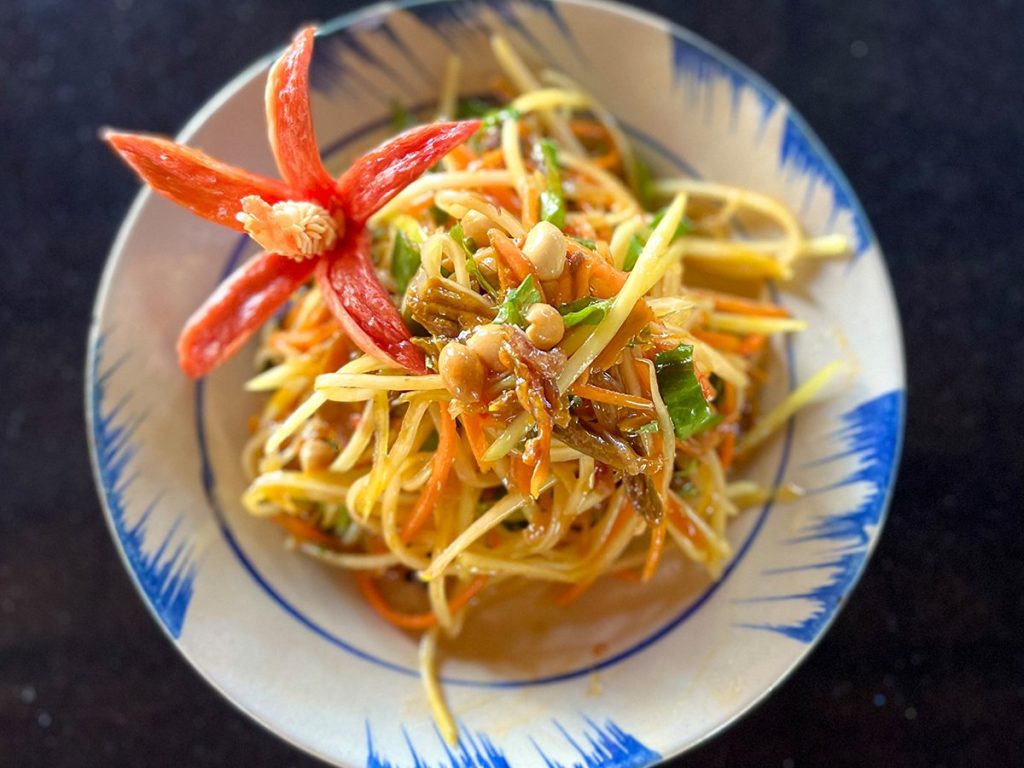
Nth Trang Nem Nướng and Kem Chuối in Vietnam
Despite the diverse cultural influences—French, East Asian, African, and Portuguese—Vietnamese cuisine has regional nuances. Consider Nha Trang, situated in the Southern Khanh Hoa Province, where The Anam Cam Ranh sits framed by lush mountains. At Lang Viet, skilled chefs craft delectable dishes, including cơmchiên, tômcháybơtỏi, búnbòhuế, caolầu, and cơmgà, using innovative techniques and locally sourced ingredients from rivers, farms, and coastlines. Whether it’s home-style cooking, street food, or traditional favourites with a modern twist, you are in for a treat. The best part? You get to taste delicacies from north to south of the country within a picturesque beachfront setting.
Insider Tip: Plan a Vietnamese-themed party and showcase your newfound skill. Join on-site Mama’s cooking classes conducted by five cheerful women to master traditional recipes.

Onigiri and Kushikatsu in Japan
The land of the rising sun has lots beyond familiar favourites (read sushi and sashimi), tempting travellers to extend their vacation solely for gastronomic exploration. Every region has restaurants, cafes, and street-side eateries serving vegetarian and non-vegetarian delights like Soba, Udon, Takoyaki, Buta-No-Sogayaki, Katsudon, Okonomiyaki, Yakiniku, Miso Soup, Gyoza, Karaage, and, of course, an array of ramen. Japanese cuisine is exceptionally satisfying, and the chefs display remarkable skill. It is no wonder that three Japanese cities (Tokyo, Osaka, and Kyoto) have the highest number of Michelin-starred restaurants.
Insider Tip: Experience authentic teppanyaki (and the antics of a dedicated chef) at Misono in Kobe, the world’s first teppanyaki joint. Don’t miss Tokyo’s Tsukiji Market if you are curious about Japan’s food culture.
Lobster Bisque & Frankincense-Infused Chicken in Oman
What comes to mind when you think of Omani cuisine? Perhaps shuwa and kebabs? While these are must-try dishes, Oman offers a rich tapestry of flavours. One of the finest places to savour it all is Shangri-La Muscat, which embodies the essence of Oman within its opulent premises. Indulge in a live preparation of tuna rolls at Bait Al Bahr alongside fresh seafood, oven-baked seabream fillet, and grilled fish steak. To taste other specialities, visit Sultanah, named after Oman’s inaugural ship that sailed to the US circa 1833. You can order lobster bisque with caviar and cauliflower foam, tuna crudo, braised octopus with beetroot couscous, and pan-seared seabass with fennel cream. You can also dine on top of a cliff overlooking the Gulf of Oman.
Insider Tip: Since Oman is known for high-quality Frankincense (luban), we recommend the unique smoked Frankincense-infused chicken that the chefs have mastered.
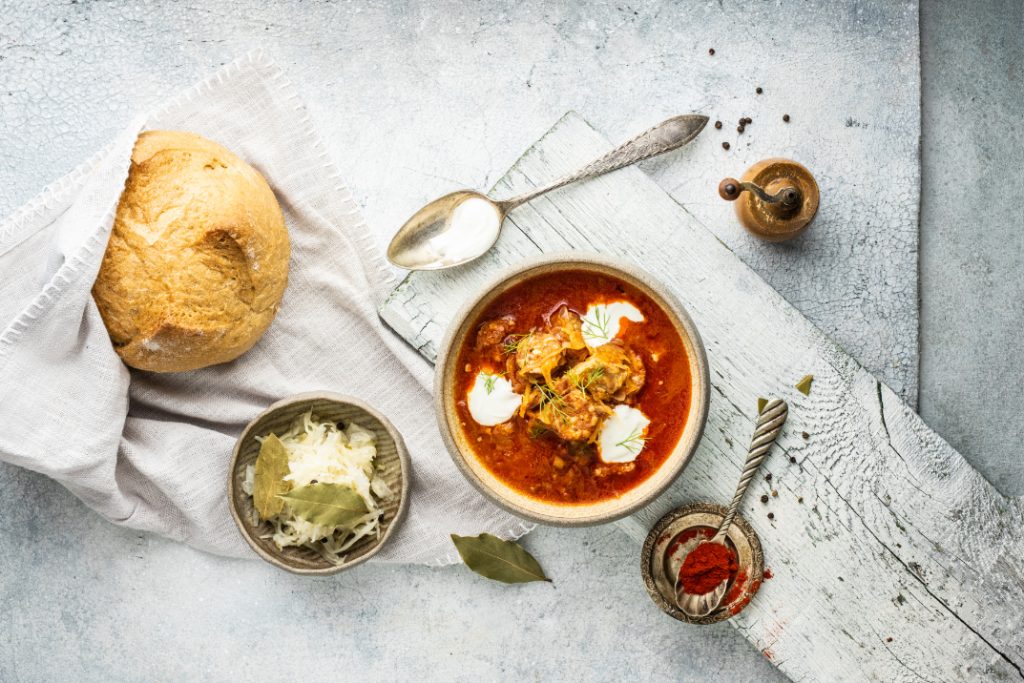
Luqaimat and Saloona in Qatar
Qatar is a melting pot of flavours. It blends local traditions with influences from India, Persia, Lebanon, and North Africa. You should definitely taste traditional Qatari dishes like Machboos, Saloona, Madrouba, and Hares. Those with a sweet tooth can try Luqaimat and Ragag at Souq Waqif, a traditional market in the heart of Doha. Shawarma at Mashawi Al Arabi in the Old Airport area and stuffed or baked falafel at Ard Canaan in Katara are unforgettable fares.
Insider Tip: Doha also has numerous world-class dining spots that need to be on your list of must-visit restaurants, including Jiwan, Carbone Doha, Boho Social, Sugar and Spice, Morimoto Doha, Bayt El Talleh, IDAM, and IZU.
Qatar Arabic Shawrma.
Creole Cari Poule and Bol Renversé in Mauritius
One way to immerse in the Mauritian way of life is through its cuisine. Traditional Mauritian cooking is heavily influenced by Creole. What brings the twist is exotic native spices that add depth and richness to it. There are Indian, Chinese, and European influences too, which is why you would find Sino-Mauritian spring rolls, chop suey, halim, Bol Renversé, and Boulettes. The most popular dish is the Creole Cari Poule(chicken curry)usually served during festivals and Hindu wedding ceremonies. Set in a planter’s house by the beach in The Residence Mauritius, the chefs at the Plantation use an original approach and traditional blend of hand-crushed spices to cook Creole cuisine.
Insider Tip: Explore the bustling market of Mauritius while picking fresh ingredients. Cap off your day with a traditional Mauritian dinner at the home of a local host.
ALSO READ-Bite sized deliciousness: Laddooh by Chef Sugandha Saxena

